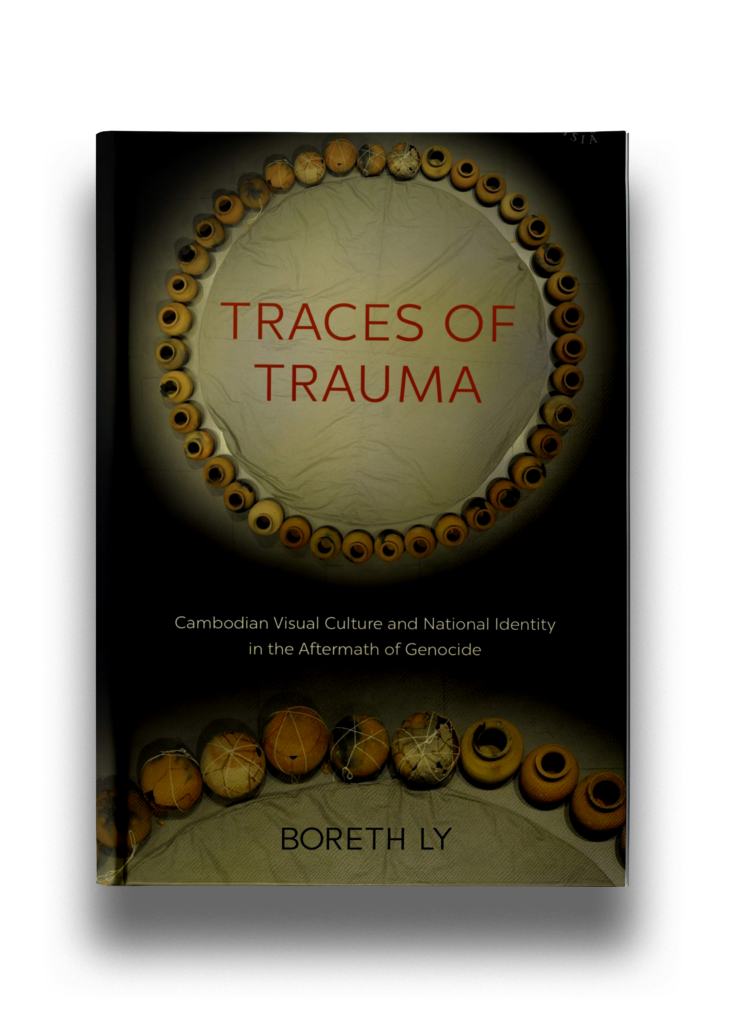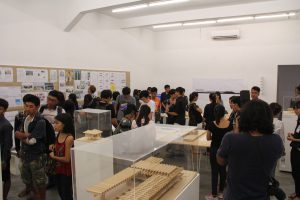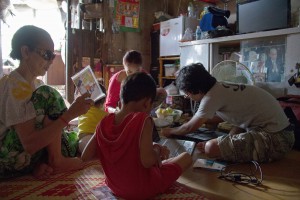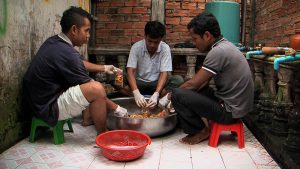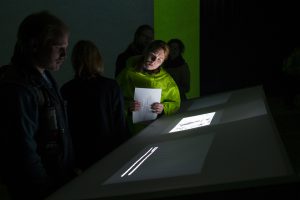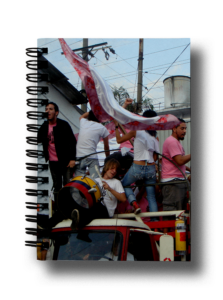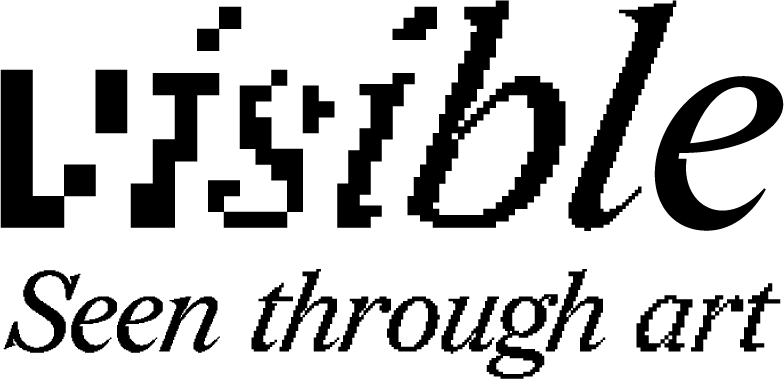Year
2019
Publisher
University of Hawaii Press
Author
Boreth Ly
Topics
Pedagogy & Education Social JusticeRelated
Publisher website
Udaya Journal of Khmer Studies
Interview with Boreth Ly in Association for Asian Studies
Video: Symposium "Cambodia Art After Year Zero" at Asia Society
Remembering From a Crossroads: The Archaeology of Photography, Memory and Vision in the Art of Dinh Q. Lê, by Boreth Ly, in Udaya Journal
Annotation
The ‘traces of trauma’ in the book title signify the different ways in which Cambodian artists and cultural producers have created traces, i.e. through art and visual culture – which include contemporary art, film, poetry, pop music and court dance – after the traumatic events of the civil war, the US bombing and the Khmer Rouge genocide. In contrast to the use of art by the Khmer Rouge regime as a propagandistic and surveilling tool, artists reclaim art as a way to understand and mediate trauma, memory, morality, resistance and recuperation. Boreth Ly attempts to consider ‘epistemological ways of understanding trauma, visuality and body’ through works of Cambodian and Cambodian diasporic artists and thinkers – from the films of Rithy Panh and the photography of Vandy Rattana, to the poetry of Saith Peou and the writings of Khmer psychiatrist Chhim Sotheara.
Narawan Kyo Pathomvat
In the case of Cambodia, arts and visual culture cannot provide complete redemption or psychological closure after genocide, but they can certainly help to open up a forum for an extremely difficult dialogue about issues of trauma, betrayal, conflict, reconciliation, forgiveness, and aporia.
Related
Publisher website
Udaya Journal of Khmer Studies
Interview with Boreth Ly in Association for Asian Studies
Video: Symposium "Cambodia Art After Year Zero" at Asia Society
Remembering From a Crossroads: The Archaeology of Photography, Memory and Vision in the Art of Dinh Q. Lê, by Boreth Ly, in Udaya Journal
